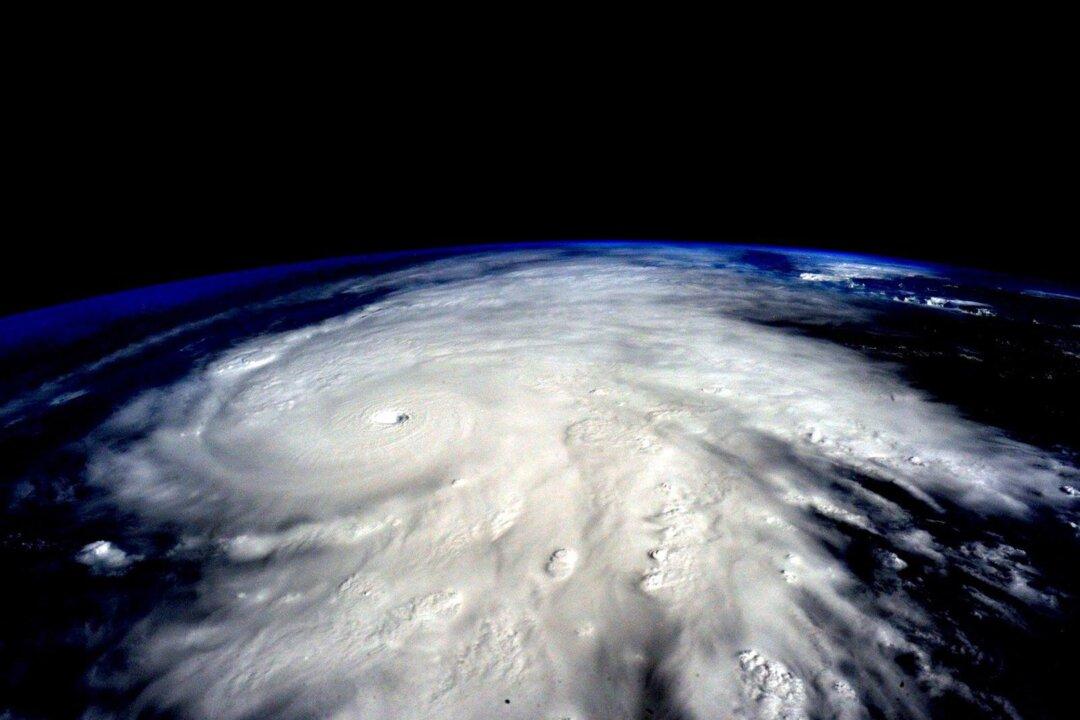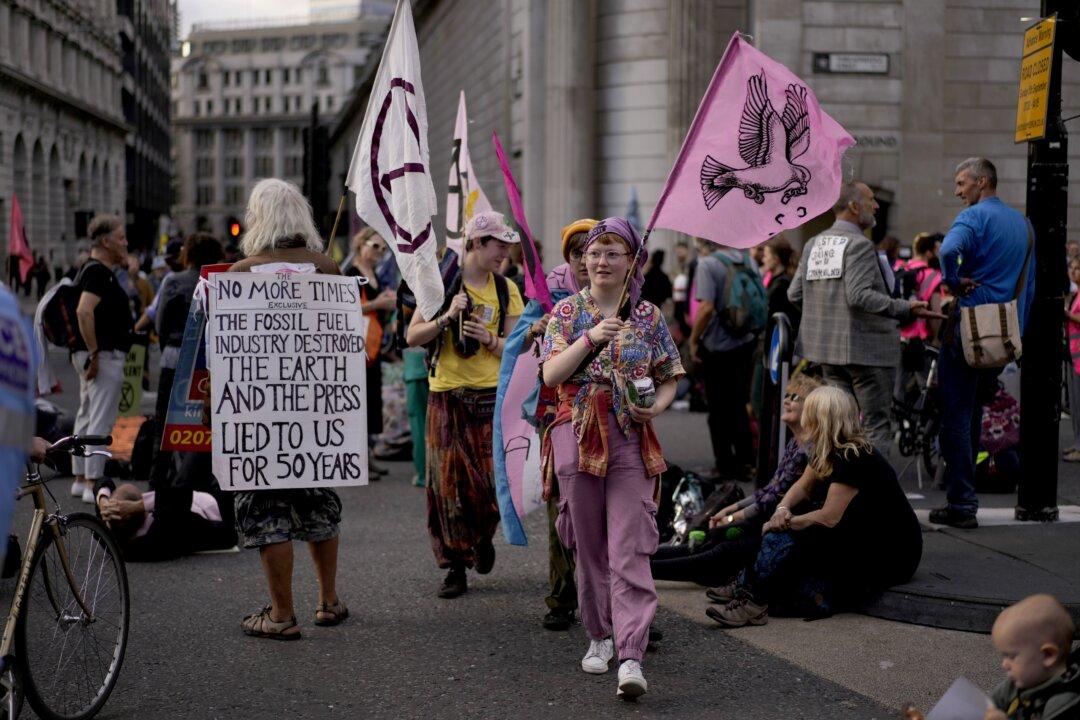We were told that Hurricane Patricia was the strongest event of its kind in history. A quick look at the record books reveals that this is not true at all.
Hurricanes, cyclones, and typhoons are just different names for the same weather phenomenon: intense tropical cyclones (TC). The only difference between them is their locations.
In the Atlantic and Northeast Pacific, we refer to them as hurricanes. In the Northwest Pacific they are called typhoons. In the South Pacific and Indian Ocean, people call them cyclones.
Since they are not physically different, it makes no sense to speak about records set for hurricanes, cyclones, or typhoons separately.
Governments blow extreme weather events out of proportion to build public support for the United Nations Climate Change Conference.





